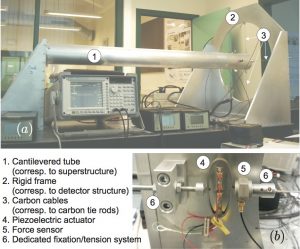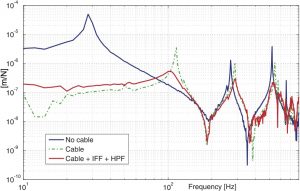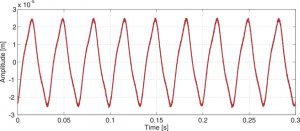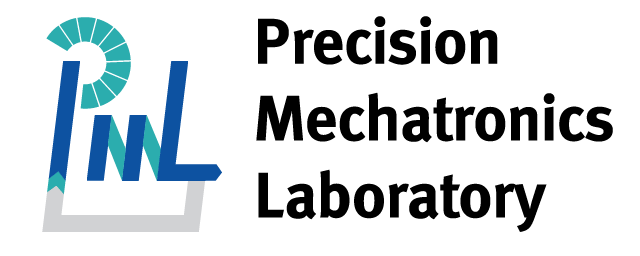Vibration damping of large structures with active cables
Introduction
Several scientific instruments dedicated to experimental physics are (or will be) composed of very sensitive equipments mounted on large structures. For example: space telescopes mounted on large truss structures, electromagnets of particle colliders mounted on large superstructures, or mirrors of gravitational wave detectors mounted on huge pier structures. Even if the precision required in the aforementioned examples may differ by several orders of magnitudes, the quality of the observation is always compromised by the vibrations of the supporting structure. In this research, we explore the possibility to reduce the vibrations of these large structures with a network of active tie rods. The objective is to develop a novel control method, which is capable to combine three features: compliance reduction, structural damping of the modes observable by the tie rods (or cable), and allow to control the shape/realign the structure.
Experimental set-up
Figure 1(a) shows a picture of the set-up and Fig. 1(b) shows a zoom on an active tendon. The structure has been designed to contain the same modal characteristics as a full scale superstructure. The detector has been represented by a rigid frame. The compliance has been measured in the vertical and lateral direction by exciting the structure with an instrumented impact hammer and measuring the displacements at the same locations. It is shown in Fig. 2 for the vertical direction.

Fig 1. Picture of the experimental set-up (a) ; Active tendon (b).
In the experiment, the tension has been gradually increased until the first structural resonance has been multiplied by a factor three (Fig. 2). One sees that the compliance has been divided by a factor 30 at low frequency and, around 30 Hz, by more than two orders of magnitude. Theoretically, a higher reduction of the compliance could be obtained by an additional tension in the cables. However, too high a value of the tension becomes risky for the force sensors. The controller has also been implemented in four decentralized loops, and the compliance is also shown for comparison in Fig.2. One clearly sees that the active tendon adds a significant amount of damping, as predicted theoretically.

Fig 2. Compliance of the free end of the tube in the vertical direction.
Finally, in order to verify the capability of the actuators to move the free end of the tube, out of phase sinusoidal signals have been injected in the two vertical actuators, with an amplitude of 30 μm and a frequency of 30 Hz. An example of the resulting time history of the vertical displacement of the tube is shown in Fig. 3. It has been measured with a laser Doppler vibrometer. One sees that the tube follows the motion imposed by the actuators, even though the amplitude is slightly smaller than 30 μm, because the motion is partly compensated by structural deformations.
 Fig 3. Time history of the vertical displacement of the free end of the tube, excited by a sinusoïdal extension of the actuators, with an amplitude of 30 μm and a frequency of 30 Hz.
Fig 3. Time history of the vertical displacement of the free end of the tube, excited by a sinusoïdal extension of the actuators, with an amplitude of 30 μm and a frequency of 30 Hz.
Related publications
[1] COLLETTE C., TSHILUMBA D., FUEYO-ROSA L. and ROMANESCU I., Conceptual design and scaled experimental validation of an actively damped carbon tie rods support system for the stabilization of future particle collider superstructures, Review of Scientific Instruments, 2013, vol.84(2), 023302. [PDF]
[2] COLLETTE C., JANSSENS S. and TSHILUMBA D., Control strategies for the final focus of future linear particle collider, Nuclear instruments and methods in physics research section A , 2012, vol.684, 7-17. [PDF]
[3] CHESNE S., MILHOMEM A., COLLETTE C., Enhanced active damping of flexible structures with inherently stable power ports, 22nd International congress on sound and vibration, 12-16 July 2015 (Florence, Italy).
[4] TSHILUMBA D., NUTTALL L., MAC DONALD T., MITTELMANN R., LANTZ B., MATICHARD F., COLLETTE C., Vibration analysis and control of the LIGO observatories large chambers and support piers, proceedings of the ISMA conference, September 2014, (Leuven, Belgium). [PDF]
[5] TSHILUMBA D., ROMANESCU I., COLLETTE C., Active stabilization of large physics instrument superstructures, proceedings of the 7th International conference on manufacturing systems, 24-25 October 2013, (Iasi, Romania).



